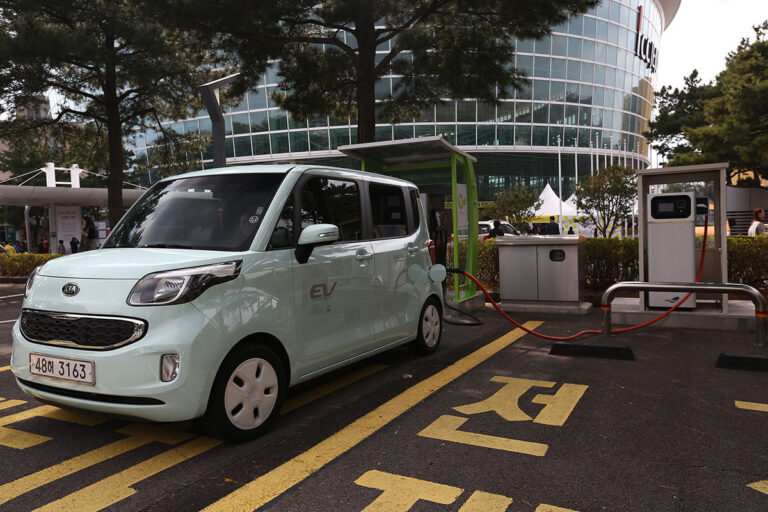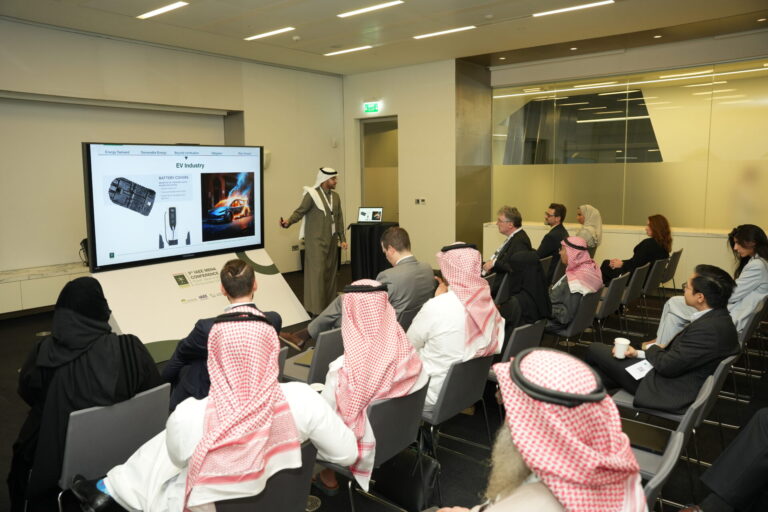Since its inception in 2013, the Silk Road Economic Belt has transformed trade in Asia under the Belt and Road Initiative (BRI) and partnerships extended beyond its initial map. Today, 148 countries and 32 international organizations have joined the BRI from Africa, Europe, Asia, the Pacific, and North and South Americas.
KASPARC’s Dongmei Chen and Philipp Galkin have examined China’s energy investment through the lens of the BRI in a chapter published in the 2023 book A Research Agenda for Energy Politics. The authors look at how China’s state-owned enterprises have a competitive advantage over other companies, with their investment decisions based on both economic and political considerations when it comes to investing in distressed economics. The study also examines the geopolitical and geo-economic impact of these investments and the BRI on China and its partners.
“Chinese overseas energy investment is mainly led by state-owned enterprises and business interests exploring new market opportunities,” says Chen, a principal fellow at KAPSARC with a focus on energy trade, energy investment and regional energy cooperation. “Chinese investors tend to look beyond short-term returns, accounting for the macroeconomic impact, potential commercial synergies, and other strategic considerations.”
“Strong economic ties also helped China score a big diplomatic win-a rapprochement agreement between Iran and Saudi Arabia in 2023.”
Philipp Galkin
While economic considerations are important, Chinese investments in the Gulf have facilitated Chinese ‘soft power’ expansion, and China has become a key economic partner in the energy sectors, adds Galkin, a visiting researcher at KAPSARC. These partnerships have grown to cement China’s relationships with Saudi Arabia, the United Arab Emirates, and Bahrain as comprehensive strategic partnerships.
“Strong economic ties also helped China score a big diplomatic win-a rapprochement agreement between Iran and Saudi Arabia in 2023,” explains Galkin. “China is not rushing to exercise its power or stretch its geopolitical influence in the region.”
While Chinese investments naturally foster influence in the GCC region and elsewhere, Galkin explains that unlike USAID or International Monetary Fund financing, China does not set policy or reform conditions for the recipient countries and instead primarily focuses on economic or collateral guaranties.
For Saudi Arabia, China is a key partner in energy: since the inception of BRI, more than 80% of Chinese total investment into the Kingdom has been in energy. Although the investments were mostly directed to conventional energy sectors, recently the trend is shifting to sources of renewable energy.
“Besides significant inward foreign direct investment flows, Saudi companies also managed to establish their presence in Chinese downstream markets,” says Galkin.
The authors outline the importance of the Gulf to China and that, while GCC countries maintain their geopolitical and economic neutrality, the UAE is already a BRICS member, and Chinese currency is increasingly used in bilateral settlements–although not yet in oil and gas trade.
Reference
Chen, D. and Galkin, P. China’s energy investment through the lens of the Belt and Road Imitative. A research agenda for energy politics. 2023. | Article




